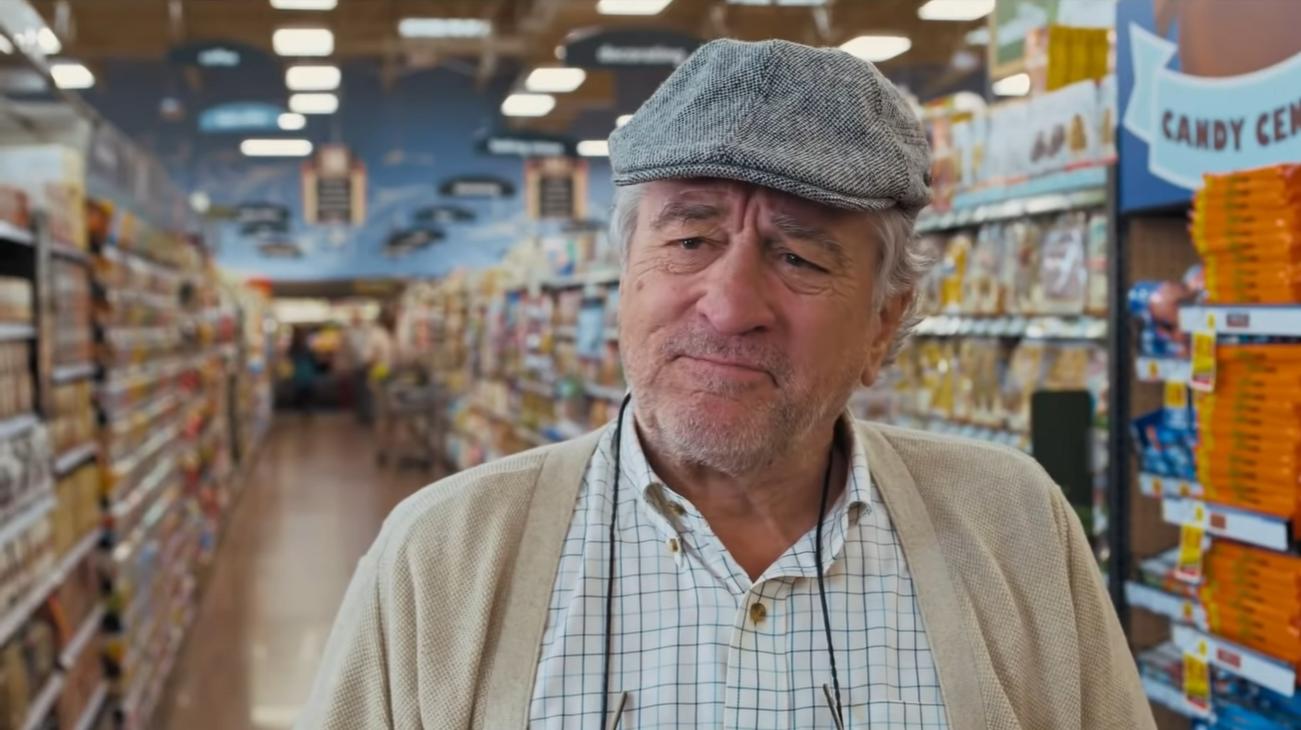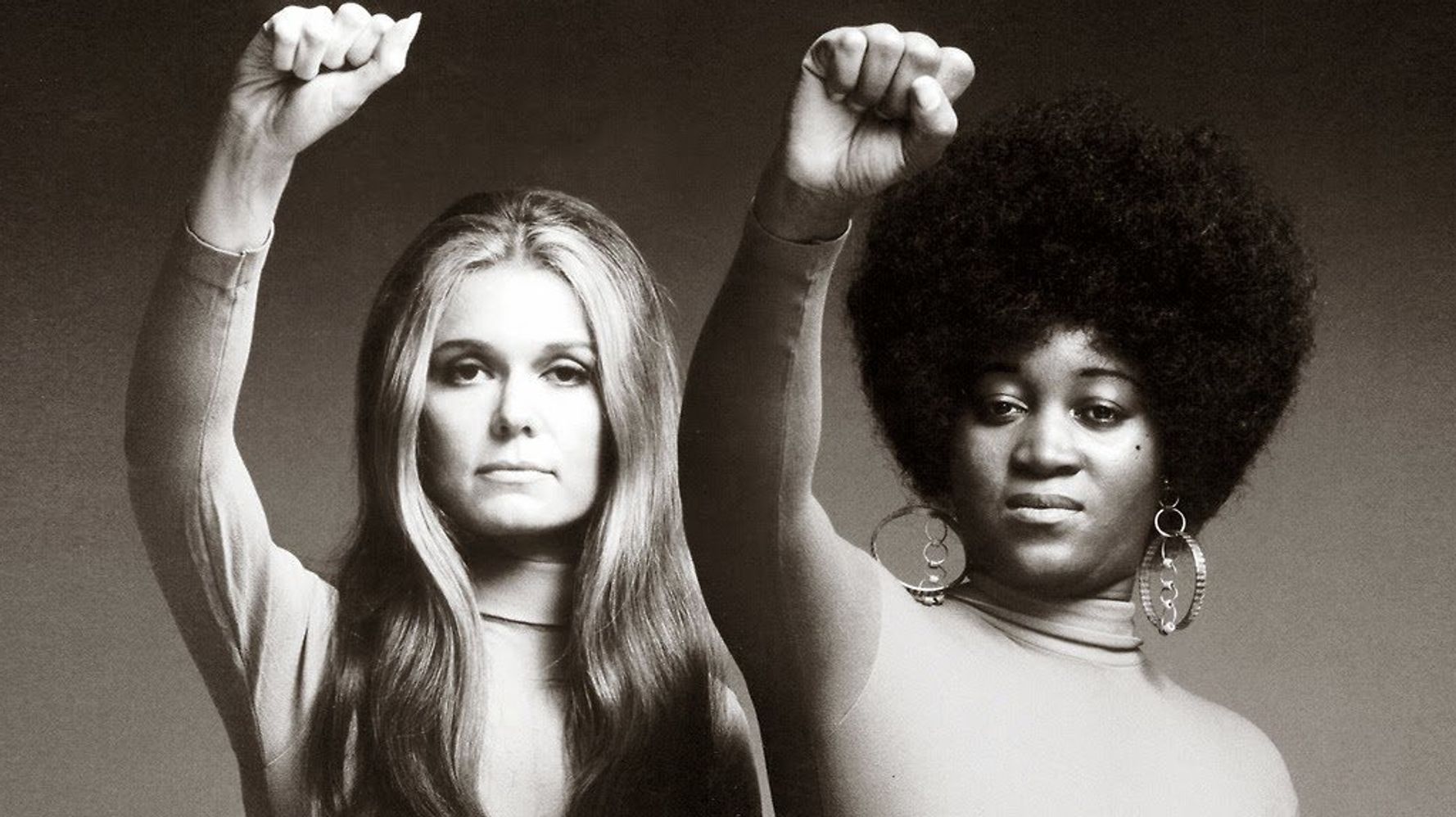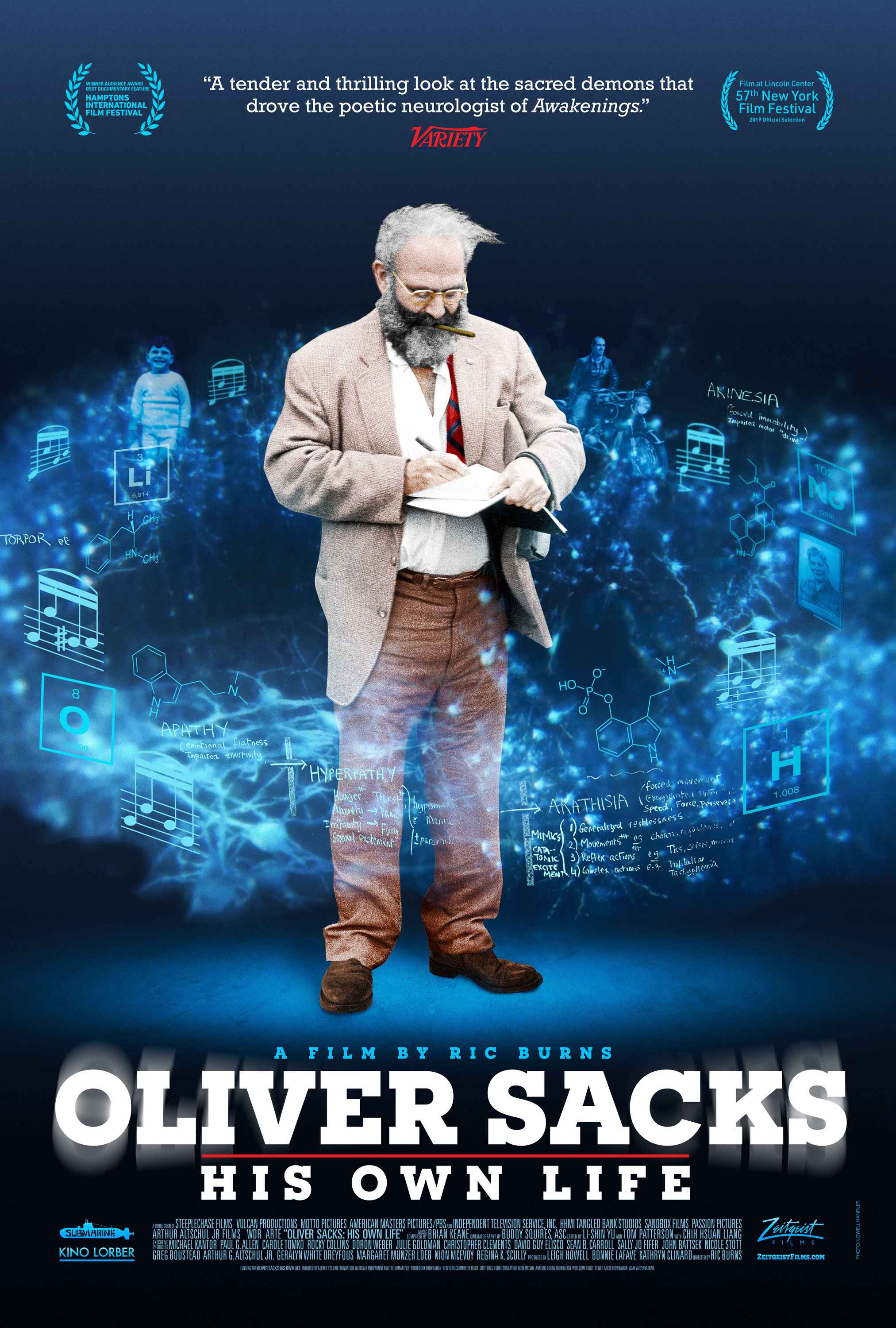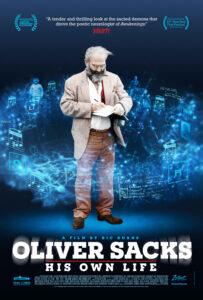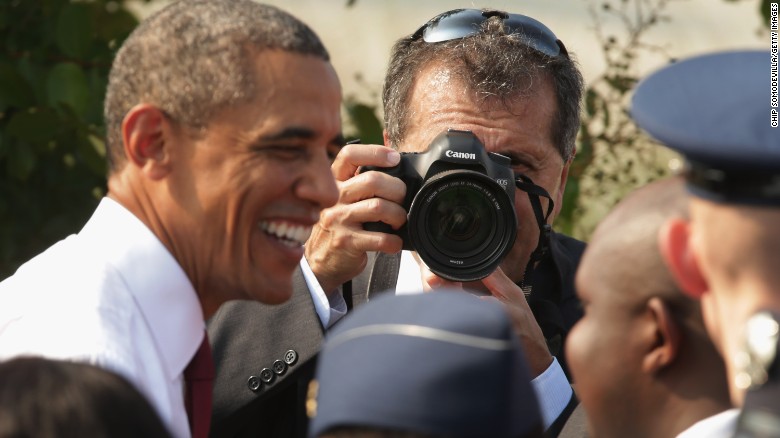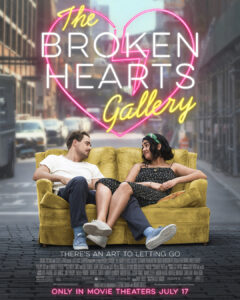The War With Grandpa
Posted on October 8, 2020 at 3:15 pm
D| Lowest Recommended Age: | 4th - 6th Grade |
| MPAA Rating: | Rated PG for PG some thematic elements, rude humor, language |
| Profanity: | Some schoolyard language |
| Alcohol/ Drugs: | None |
| Violence/ Scariness: | Extended cartoon-style comic peril and mayhem, some injuries, mourning, funeral scene |
| Diversity Issues: | None |
| Date Released to Theaters: | October 9, 2020 |
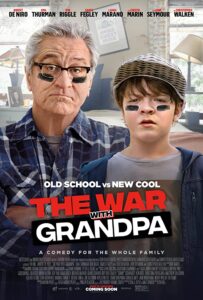
Sigh.
Robert Kimmel’s 1984 book, The War With Grandpa, is a lot of fun and also thoughtful about family, resolving conflicts, and war. The movie has tons of star power but it is just dumb slapstick, with escalating cartoon-style mayhem. It’s been on the shelf since it was originally scheduled for release in 2017 and even by pandemic shut-in standards it is barely watchable.
Which is not to say that some children won’t be amused by it because, see above re slapstick and mayhem. For the rest of us, it’s just sad and exhausting seeing Robert De Niro, yes that Robert De Niro, dropping his pants and flashing his son-in-law, plus sticking his hands down the pants of a dead body at a funeral. Then there’s Uma Thurman doing a spit-take and running around in a Christmas elf costume, plus a lot of predictable jokes about old people (they don’t understand technology! Hilarious!), married people (Dad feels diminished by his job, his father-in-law, and sometimes his wife), teenagers (they like to make out!), middle schoolers (puberty humor! bullies!), and little kids (precocious witticisms!).
The story is in the title. De Niro plays Grandpa, still mourning his late wife and not doing so well living at home since he can no longer drive. After he gets frustrated at the grocery store because they’ve switched to all self-checkout and, say it with me, old people don’t understand technology, he gets into a fight with the security guard. And so his daughter Sally (Uma Thurman) says he has to move in with her and her family, including her architect husband Arthur (Rob Riggle), teenage daughter who is always running off to “study” with her boyfriend (Laura Marano), middle school son Peter (Oakes Fegley of “Pete’s Dragon”), and youngest daughter Jenny (Poppy Gagnon).
Pete gets moved to the attic so Grandpa can have his room, and Pete is not happy. And so he slips a note under his old bedroom’s door signed “Secret Warrior.” It is not much of a secret, though, since he says he wants his room back. It is a declaration of war. At first, Grandpa doesn’t take it too seriously. After all, Pete is just a kid and he does feel back about taking the room. But then there is one prank too many and someone who knows what a real war is (“It’s not like a video game”) is in. But first, some rules of engagement. No collateral damage (no one else in the family can be affected, like that’s possible) and no tattling.
Each party is advised by friends. Pete has his pals from school and Grandpa has his buddies Jerry (Christopher Walken) and Danny (Cheech Marin), and later a pretty store clerk (Jane Seymour). But none of it really makes any sense and some elements are unnecessarily sour. If Arthur is an architect, can’t he figure out a better way to use the space than sticking Pete in a rat and bat-infested attic? In fact, Arthur serves no role whatsoever in the story except to try to prove that he deserves some respect, which would be nice if he actually earned some. How can this family afford a crazily over-the-top Christmas-themed birthday party for a child including artificial snow? Even if it made sense for Grandpa to agree to a war, why would he let Pete pick the battleground for the supposed winner-take-all? It never gets past the idea that there is just something uncomfortable about a kid picking on his sad grandfather this mean-spirited and selfish way, while insisting that he loves him and expecting us to like him.
That’s a lot more thought than this movie deserves. Even the A-list cast can’t win the war with a dumbed-down script, awkwardly staged stunts, and lackluster direction.
Parents should know that this movie includes comic peril and mayhem with a lot of pratfalls and injuries but no one seriously hurt. There is also some potty humor, along with references to puberty, a school bully, crotch hits, teen making out sessions, some schoolyard language, and implied nudity.
Family discussion: Why did Pete declare war? Why did Ed agree? Were those the right rules of engagement? What would you advise that family?
If you like this, try: the book by Robert Kimmel Smith, “Spy Kids,” “How to Eat Fried Worms,” and the various versions of “Freaky Friday”

